Our History Timeline
Nestled in the heart of Inverness, the Town House is one of the Highland capital’s most iconic landmarks. This striking Victorian Gothic building has been at the centre of civic life since the 19th century and stands on a site steeped in history dating back to 1708. From royal visits and political milestones to architectural evolution and modern refurbishment, explore how the Inverness Town House has remained a symbol of heritage, pride, and community through the centuries.
Inverness’s First Town House was built on a site previously occupied by a private residence of Lord Lovat, and was completed in 1708 and subsequently enlarged in 1750. After Duncan Grant of Bught House died in 1873, leaving £5,000 towards the cost of a new Town House, civic leaders decided to use the legacy to demolish the old Town House and to construct a new building on the same site. Much of the design work had been undertaken by 1876.
1708

The design was modelled on The McManus, an art gallery and museum in Dundee which had been designed by George Gilbert Scott and completed in 1867. It involved a symmetrical main frontage with seven bays facing onto the High Street; the middle bay featured an arched doorway with a gablet roof on the ground floor, a mullioned window with the town's coat of arms carved into a panel on the first floor and an mullioned window in the attic all flanked by tourelles.
1867
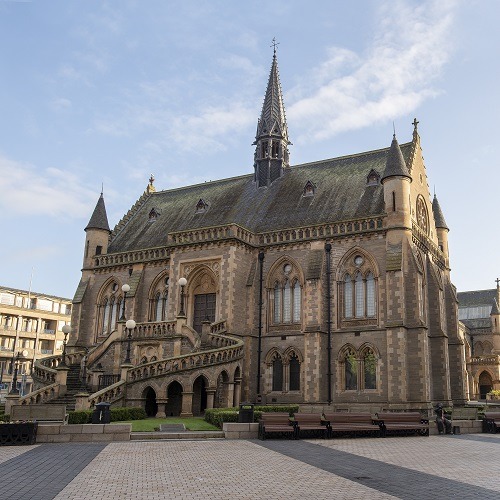
The foundation stone for the new building was laid by the Provost, Alexander Simpson, on 15 April 1878. It was designed by William Lawrie in the Gothic style, built with ashlar stone at a cost of £13,500 and was officially opened by the Duke of Edinburgh on 19 January 1882. A carved burgh coat of arms which had originally be used to decorate a bridge across the River Ness that had been completed in 1685, was rescued when the bridge was swept away in a flood in January 1849 and embedded in the west elevation of the new town house.
1878

The council chamber was remodelled to a design by John Hinton Gall in 1894 and stained glass windows, designed by J. H. Stewart, were installed by William Meikle & Sons to celebrate Queen Victoria's Diamond Jubilee in 1898. The building was extended to the rear to a design by James Robert Rhind in 1907.
1894
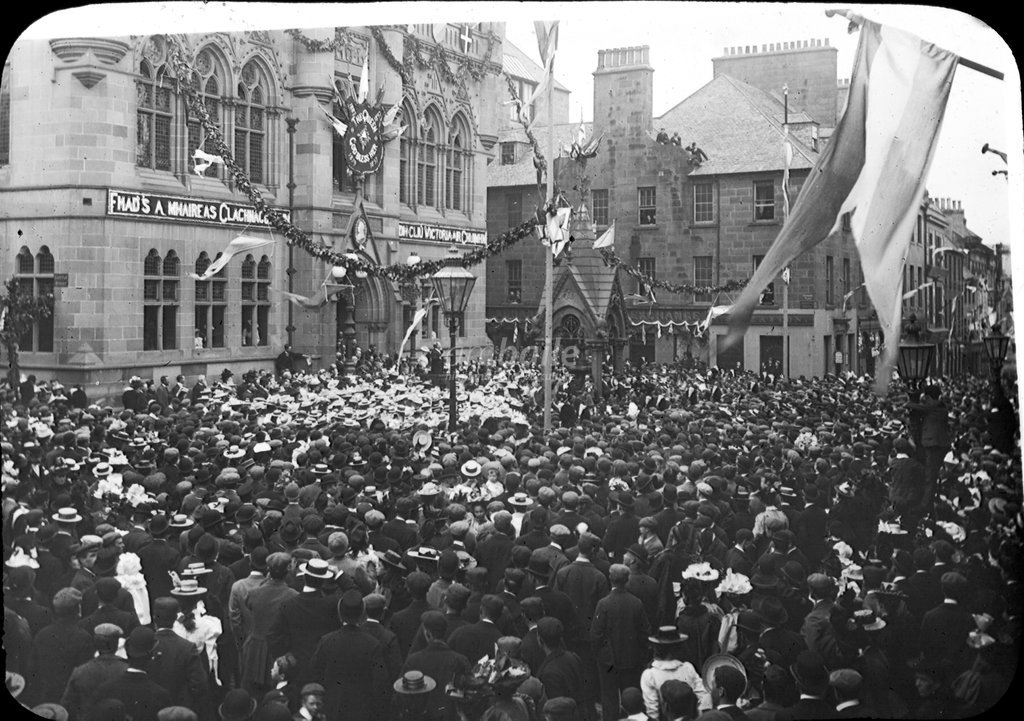
The building was the venue for the first British Cabinet meeting to be held outside London on 7 September 1921, when David Lloyd George, interrupted his holiday in Gairloch to call an emergency meeting to discuss the situation in Ireland: the Inverness Formula, which was developed at the meeting, formed the basis of the Anglo-Irish Treaty. King George V also attended the cabinet meeting in 1921 but then returned to the Town House in 1929 to be presented with the freedom of the City of Inverness.
1921

The Town House continued to serve as the main seat of the local government until the Burgh council moved to the new buildings on Glenurquhart Road in the 1960s, but was still used for civic functions and office accommodation for the Highland council.
1960
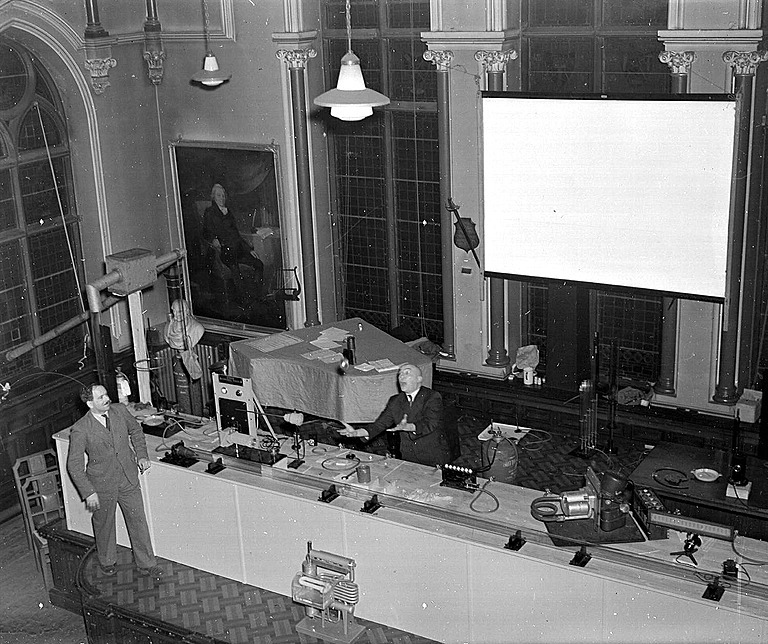
A two-year programme of refurbishment works to the main frontage of the building was carried out by Laing Traditional Masonry at a cost of £3.9 million based on a design by LDN Architects and completed in February 2018. The work, which included the replacement of two stone heraldic dogs, was commended in the UK Natural Stone Awards for 2018.
2018
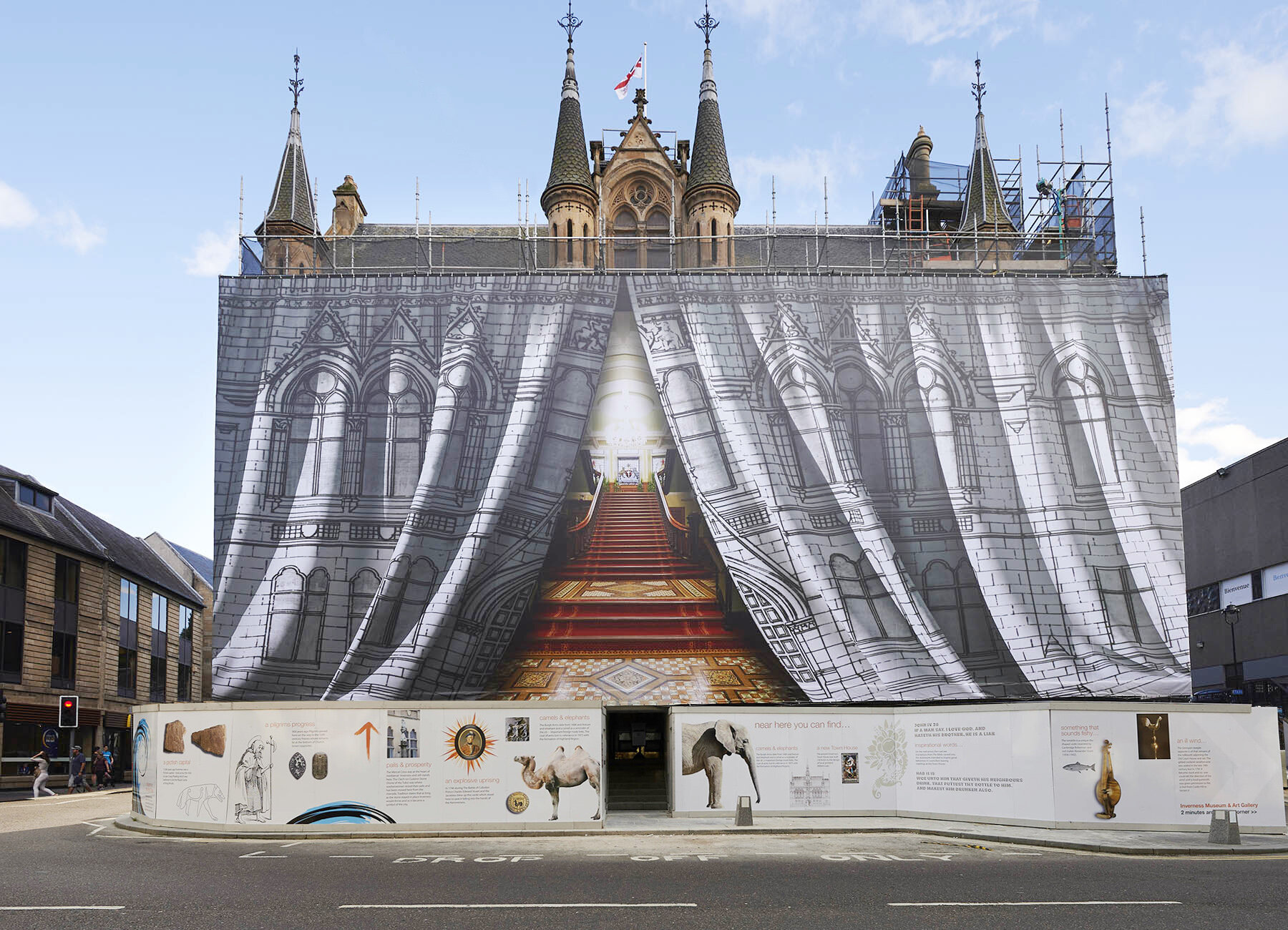
Today the Town House is taking on a more commercial role, providing the setting for private functions and events whilst still maintaining its history of hosting civic events. Since 2022 The Highland Council has relocated the majority of staff to Glenurquhart Road but continues to house the council's Service Point, and leases office space to other organisations. The future hope for this majestic building is better utilisation and economic growth for the future.
2024
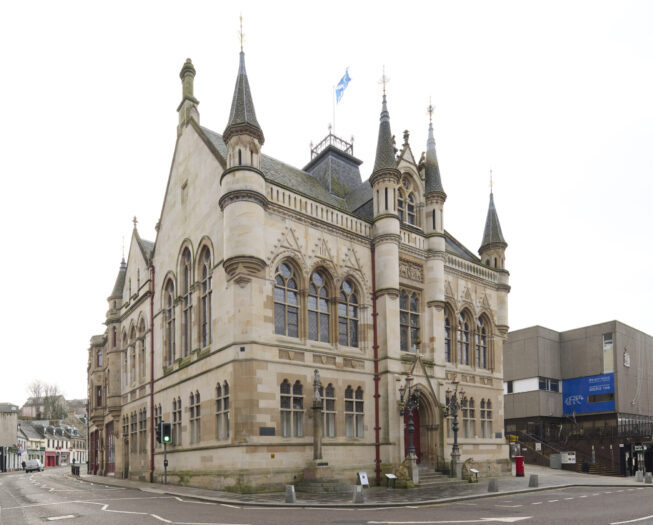
Host Your Event at Inverness Town House
Whether you’re planning a wedding, corporate meeting, or community celebration, the beautifully restored Inverness Town House offers a unique and prestigious setting in the heart of the city.
Let this historic landmark be the backdrop to your next unforgettable event.
